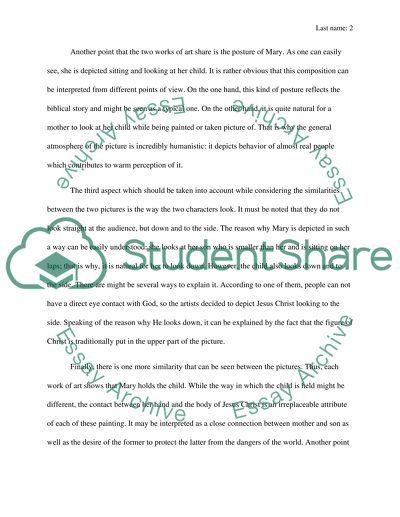Cite this document
(“VISUAL ANALYSIS PAPER Essay Example | Topics and Well Written Essays - 1500 words - 1”, n.d.)
Retrieved from https://studentshare.org/visual-arts-film-studies/1678545-visual-analysis-paper
Retrieved from https://studentshare.org/visual-arts-film-studies/1678545-visual-analysis-paper
(VISUAL ANALYSIS PAPER Essay Example | Topics and Well Written Essays - 1500 Words - 1)
https://studentshare.org/visual-arts-film-studies/1678545-visual-analysis-paper.
https://studentshare.org/visual-arts-film-studies/1678545-visual-analysis-paper.
“VISUAL ANALYSIS PAPER Essay Example | Topics and Well Written Essays - 1500 Words - 1”, n.d. https://studentshare.org/visual-arts-film-studies/1678545-visual-analysis-paper.


